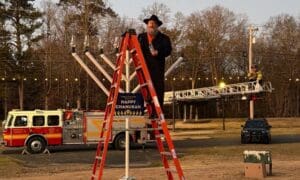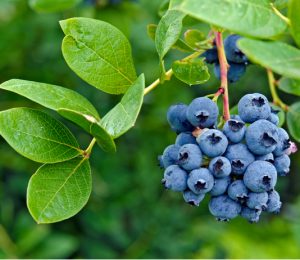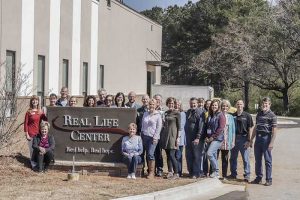By Elaine Pierce
Special to The Citizen
Sally and Lon Ziegler moved from Vermont to Tyrone last year but they didn’t come by themselves. They brought a small herd of alpacas with them and created a new home on Tyrone Rd. Sally, a weaver by passion, works full time at a jewelry store and her husband is employed by Delta Air Lines.
The six alpacas are a strange, new addition to the Tyrone community. The children have especially embraced them and enjoy visiting the farm and learning all about these exotic creatures. They look a lot like llamas and are often mistaken for that breed by the casual observer. The Ziegler pack, all nonbreeding males, is prized for the wool they produce.
Sally says it is a true sign of spring when the alpacas are sheared of their winter growth of wool. There are two brown, one black, and three off white colored animals in the group. The wool from the off white alpacas is tinted red with Georgia clay giving them a slightly rosy appearance. The lighter colored wool can be dyed practically any color but the dark wool is used without coloration.
On Sunday, March 30, the Zieglers hosted a “shearing party” at their alpaca farm. They are members of Tyrone’s Hopewell United Methodist Church and invited the congregation to come and witness the shearing. The children boarded the church bus and enjoyed a picnic lunch at the farm while waiting for the shearer to arrive. Many of the adult members of the church and several of the Zieglers’ neighbors also came for the special event.
David Carrell, the master shearer, and his assistant, Colin, arrived around 1 p.m. and quickly went to work shearing the alpacas. Carrell is based in Monroe and shears 1,400 alpacas on 90 farms in 50 days. That turns out to be a lot of wool that is sent to a processor where it is spun into various grades of yarn. The finished yarn is then woven into scarves, blankets, rugs and other high quality woolen items.
The alpacas didn’t put up much resistance to this annual rite of spring. They were manhandled into a prone position and tied down to prevent harm to both the shearer and the animal. The wool came off quickly in great mounds and Sally rushed to gather the wool and store it in plastic bags before the wind blew it away.
There are three grades of wool and she separated the bags for processing. The first and second grade wool, from the back and sides of the animal, is used for general weaving. The third grade shearing is wool gathered from the legs and head. This shorter shear is too short and inferior to use in most weaving projects but is often used in making rugs.
After the shearing, the alpacas were released to roam the pasture. They immediately took advantage of their new found appearance by joyfully rolling in the dirt. Sally predicted they would be chilled by the unseasonably cool weather and planned to secure them in the barn overnight where they could lie down on mounds hay and keep warm.
The newly shorn animals will spend the next year frolicking in the pasture and growing their new coats of wool. After wintering over in their fluffy wool coats, they will once again succumb to the shears come next April and the cycle will start all over again. For more information about the alpacas or to visit the farm, contact Sally Ziegler, 802-309-8268.












Leave a Comment
You must be logged in to post a comment.